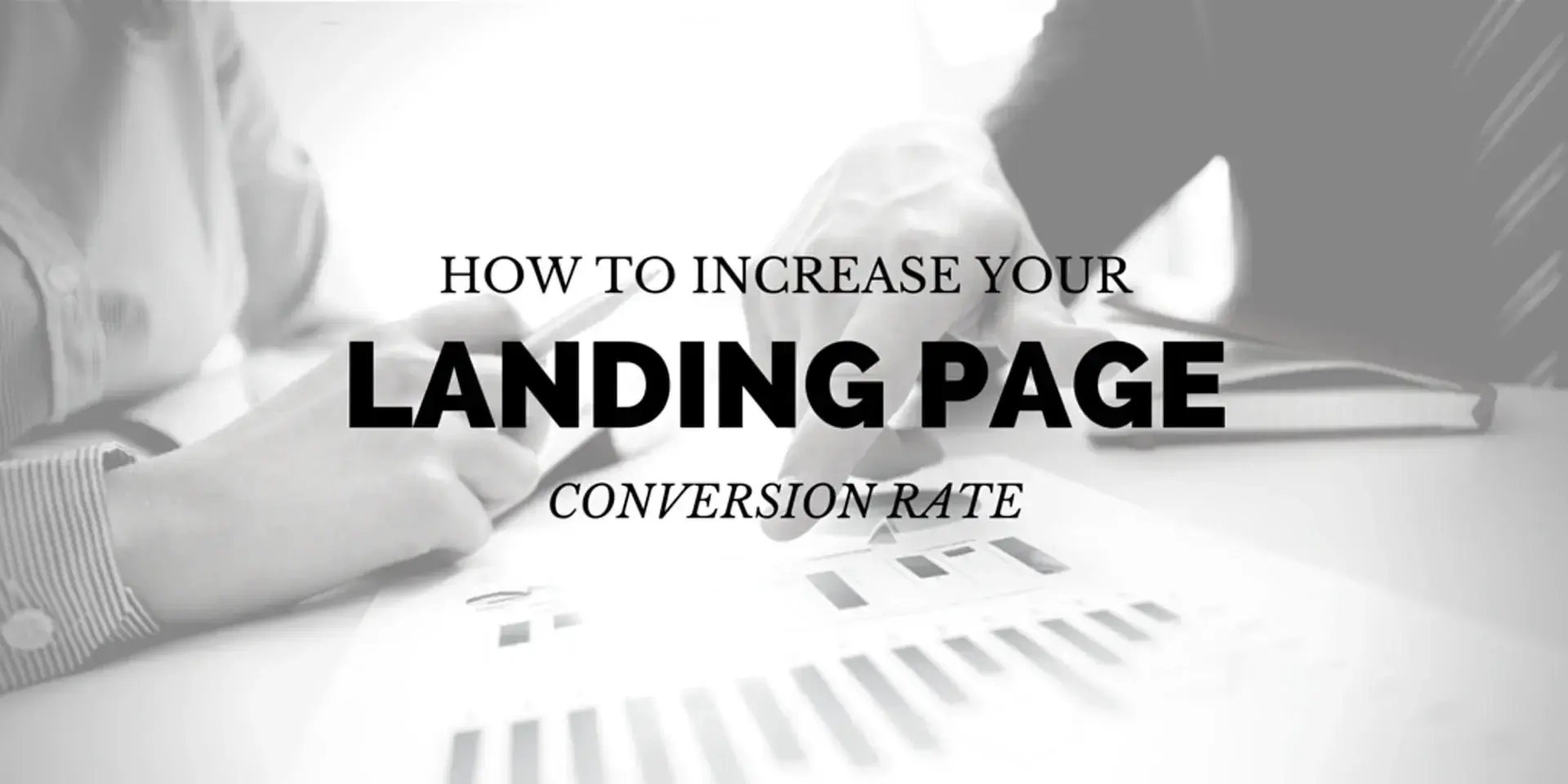We're all familiar with the term, "It's an art, not a science."
 This would be an inaccurate way to describe a landing page. And that's because the strategy for increasing your landing page conversion rate is both an art and a science, a mix of strong copy integrated with a data-driven approach to testing. And here's how to do it:
This would be an inaccurate way to describe a landing page. And that's because the strategy for increasing your landing page conversion rate is both an art and a science, a mix of strong copy integrated with a data-driven approach to testing. And here's how to do it:
An intuitive destination. Where is the visitor coming from? If they're coming from, say, a call-to-action in an eBlast, make sure the landing page delivers on the promises made. If visitors click on a CTA and the landing page shows them what they expected, they'll be more likely to stick around.
User-friendly design. Make sure the landing page resembles the origin page. Visitors can become confused if the landing page looks completely different from their previous location. Once on the landing page, make sure visitors can navigate it cleanly and without friction. Minimize the amount of text and visuals commanding their attention. Include a crisp and informative headline and spell out a course of action (e.g. "Download Your Free White Paper"). Interested in examples of cool-looking landing pages? Click here.
Remember the purchasing funnel. Once the visitor reaches the landing page, the paramount goal is to get them to engage with your brand so your team can effectively move them through the purchasing funnel. This will inform things like the composition of your landing page forms. For example, if they're at the top of the funnel, as little as a name and email address will suffice. You can add more fields to bottom-of-the-funnel candidates assuming they're already in your CRM system and familiar with your brand. (For these types of leads, the maximum amount of fields for these visitors is seven and can include things like telephone number and job title.) When in doubt, be judicious; an invasive amount of forms make visitors abandon the page.
Effective form design. As for the form itself, make it easy for visitors to immediately see the fields where they enter their information. Minimize the need for scrolling. Have the forms look relatively large on the screen and surrounded by sufficient white space so they're not obscured by excessive text.
A/B Test. This is where the "science" part comes into play. Your landing page isn't etched in stone. In fact, you should probably create two separate landing pages and conduct A/B testing to see which one works best. This involves tweaking small elements like changes in text to larger, macro-level variations whereby designers create two entirely different-looking landing pages — different headlines, images, copy, etc. If you see a drastic difference in conversions, you can use the success version as a high-level model moving forward.
Well…what do you think? What landing page design principles have worked best for your firm? What approaches seem to drive conversion rates? What's most difficult about landing page design?





